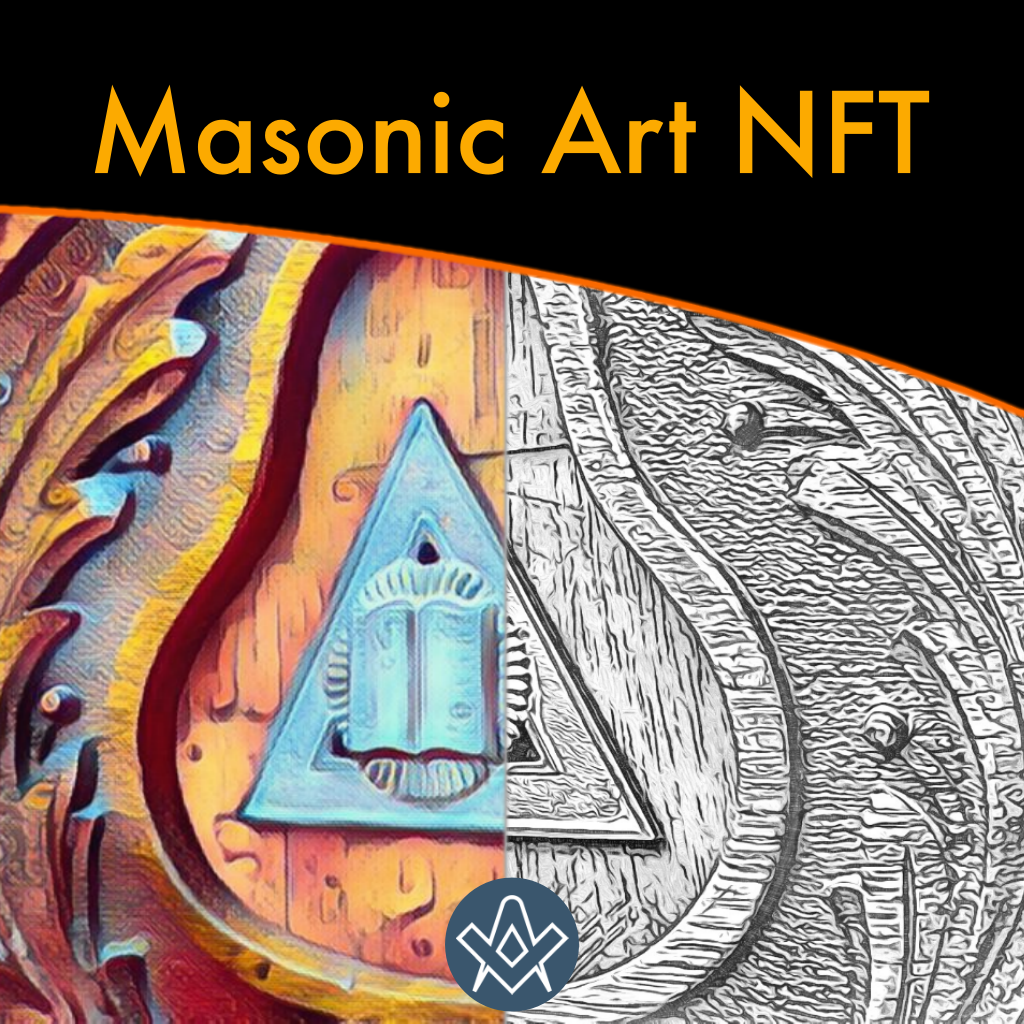Masonic Art, Digital Art, NFT – how does this all fit together?
Important reference note, this article refers to art in 2D form only. Excluding 3D art, sculptures, video art, written works or performing art. This is not financial advice.
History
Masonic art has been produced since Freemasonry came into existence.
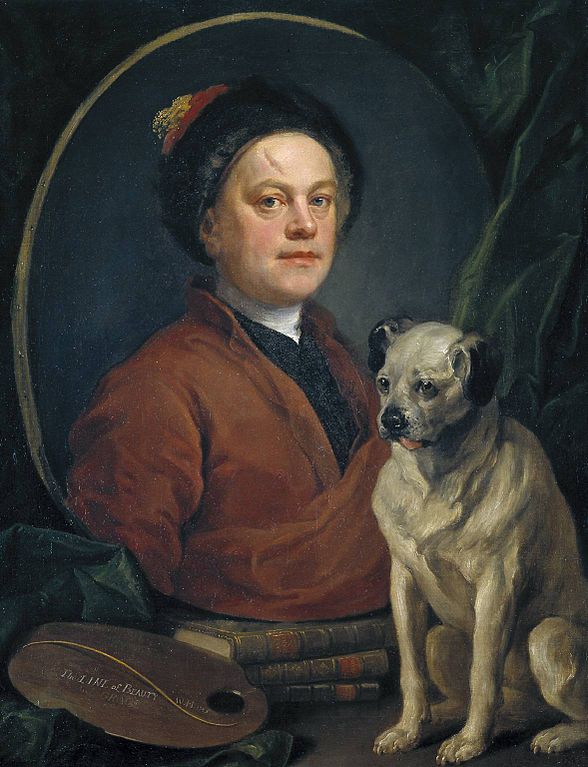
The Painter and His Pug by William Hogarth
IMAGE LINKED: wikimedia Attribution 4.0 International (CC BY 4.0)
Hogarth (1697 – 1764) was a British artist who produced a number of paintings encoded with Masonic symbolism from about 1725.
Hogarth would then sell copies of these paintings in the form of printed etchings. These prints would be sold in a series, often by mail order, over a period of many months.
Today, Hogarth’s paintings are held in public galleries or private collections. The prints, or etchings are sold on a secondary market and exchange hands through auction houses.
Of course, authenticating the originality of these prints is a potential issue that requires specialist skills.
It should also be noted, that Hogarth was behind introducing the Engraving Copyright Act 1734, act of parliament, in London England, which forms the base of the Copyright Act 1911 that we have today.
Hogarth faced a problem with counterfeit copies of his work.
Masonic Aprons
Currently, most Grand Lodges, appendant bodies and Masonic jurisdictions require members to use Masonic aprons produced to their own design.
The production of these aprons is handled by a global base of Masonic regalia manufacturers. But if you look back 100+ years ago, you will find a lot of the aprons were handmade, and in some cases, the apron was custom-made for a Brother; his Masonic apron might depict symbols for all the Orders he had joined.
There are a few artist who currently paint ‘fantasy’ aprons sold as wall art, not intended for actual use.
Ari Roussimoff
Ari Roussimoff, a critically acclaimed International painter and film director, has been called the most prolific and creative artist of his generation.
His paintings of Russian, Ukrainian, Jewish, and other fascinating fantasy-rich themes have earned him much acclaim and they have been shown in over 80 exhibitions worldwide.
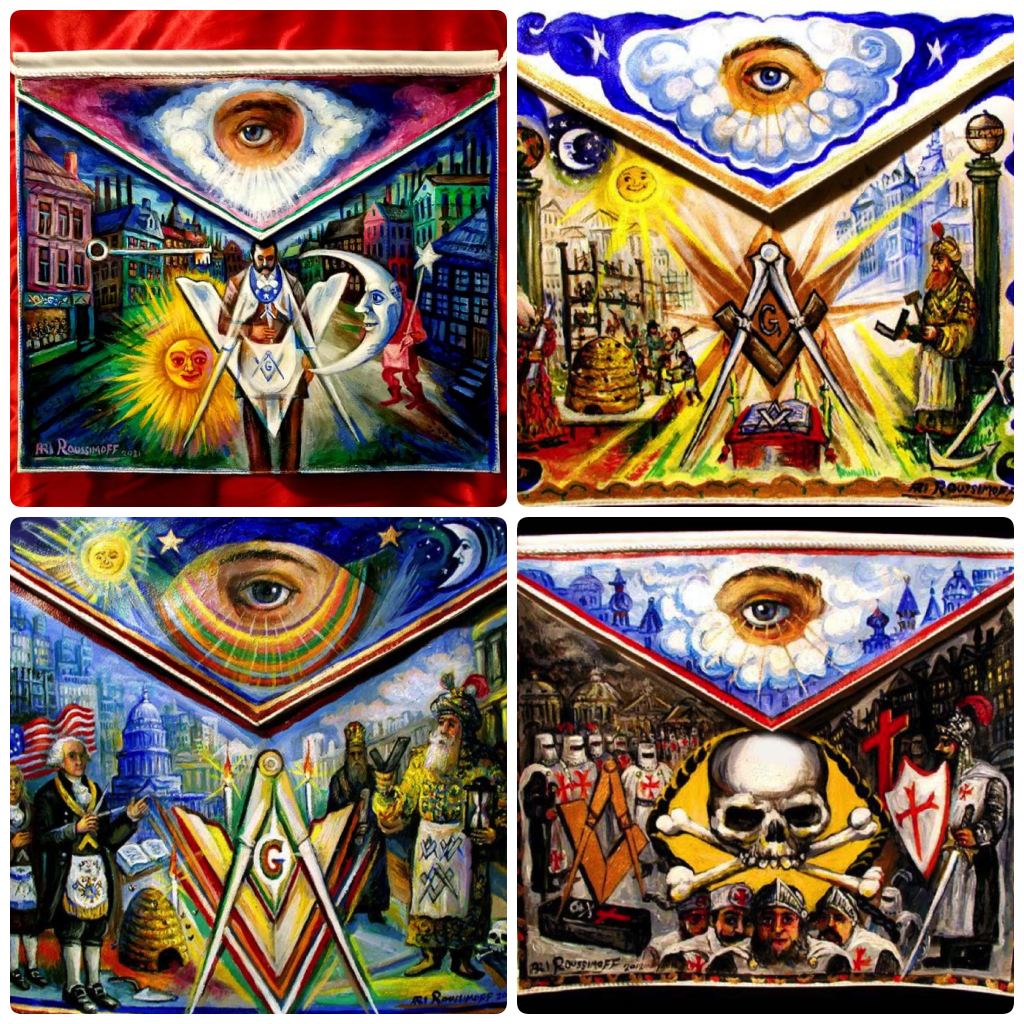
Masonic Aprons by Ari Roussimoff
IMAGE CREDITS: (c) Ari Roussimoff masonic paintings
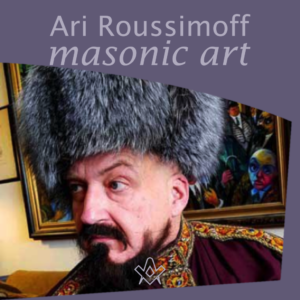
The Art, Masonic Aprons, and Magic of Ari Roussimoff – interviewed by Elena Llamas
This article appeared in the Square Magazine January 2021 and show cases Ari’s art, including many masonic related works.
Other links to works for sale: Fine art america and roussimoff.com
What is digital art?
Digital art is art produced using a digital workspace.
It is created using digital tools and saved digitally. There are many apps for both Apple iPad and Android tablets.
These can be located in the Apple app store or Android Play Store. Apple introduced the Apple pencil, which has many additional features to create digital art.
One of the more famous Apple iPad artists is David Hockney.
There are many other digital-only artists, such a beeple (Michael Winkelmann), whose artwork recently sold at Christies auction for $69million, making that one of the highest priced artworks for a living artist.
Analogue art is art produced using a canvas or paper, with brushes, pencils, chalks etc.,
This is the traditional form of artwork that most readers will recognise and understand, and will remain so for many more years.
A digitised work of art would be an analogue artwork scanned using a digital scanner and then saved digitally.
With the introduction of the internet as a file storage medium, and technical advancement in digital scanners in recent years, it has made art accessible to all, which would otherwise have been impossible.
Getty Images is one example where they have digitised a vast quantity of their copyrighted works.
It is free to view, but not free to use.
NFT – Non-Fungible Token
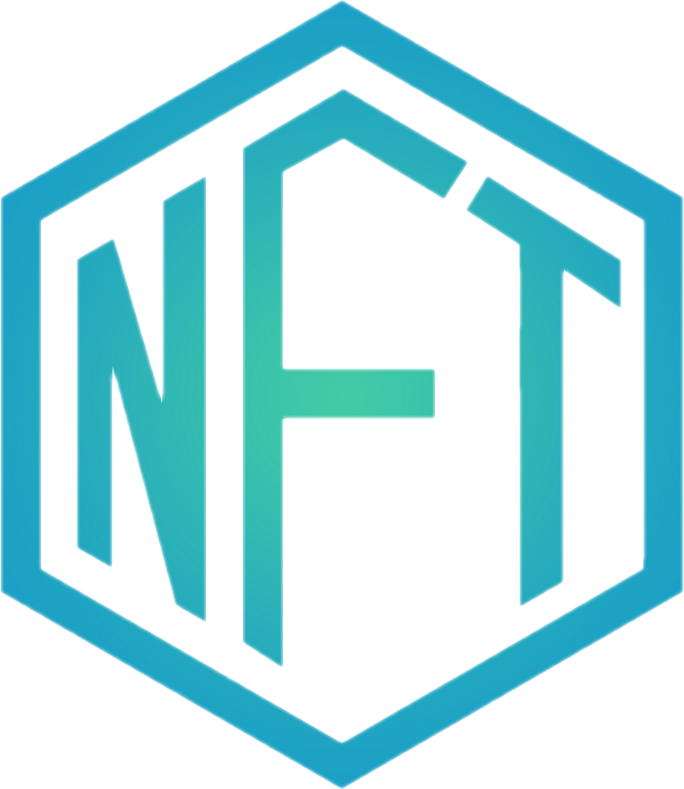
What is an NFT, Non-Fungible Token?
First, to answer that we need to understand what a fungible token represents.
Fungible means equal. So, an example, a dollar bill is fungible, as all one dollar bills have equal purchasing power.
It does not matter which 1 USD dollar bill you have, it can be exchanged for 1 USD worth of goods or services. The same is true for a 1 GBP pound coin or 1 Euro coin.
Therefore, a non-fungible token is when each token has a unique value. Token A is not necessarily the same value as Token B.
An example: a painting by Van Gogh would have a different value than one produced by me. So, each token has a different value.
An NFT is a created and saved transaction in a public blockchain.
A public blockchain is a special type of database. The entries are normally entered in batches every few minutes by an authorising computer.
The blockchain entry (can be many thousands of individual transactions) is then verified by other computers.
If the other verifying computers all agree, then that block is accepted and the next block is prepared to be added.
Each new block of transactions are chained to the previous block of transactions.
The verified blockchain database is then copied to hundreds of thousands of computers all around the globe.
Having thousands of identical copies of the blockchain database distributed around the globe, makes it impossible for someone to change an entry, as their one copy of the blockchain database will not match the thousands of other identical copies, and therefore it will be rejected.
How do we create an original NFT digital artwork?
In this example we assume this artwork is a newly created work by the artist. Therefore the artist is authenticating their own work.
The artist will create their original artwork. It could be a digital artwork or analogue artwork that is then digitised.
The NFT digital file is the authenticated original.
The artist would need to have an Ethereum wallet, in this example we use Metamask wallet which is used to store the crypto tokens. The artist would also need the means to create a smart contract, in this example we use Opensea.io
The artist would create a smart contract using Opensea.
A smart contract is just a computer code that has a series of events and actions. If this event happens then take some action.
The artist would load the digital file to the smart contract, which will save the file and provide a unique token reference for that specific file/artwork image JPEG or PNG.
The artist would set some other conditions such as a price to sell the artwork.
So, in the event that someone pays the asking price for the artwork, the artwork NFT is automatically passed to the new owner.
There is no intermediary. The computer code acts automatically. The artist receives funds in the form of digital tokens such as Eth. Eth is the token used on the Ethereum blockchain.
It could be other tokens set by the artist. The tokens are saved in the artist’s Metamask wallet and they can exchange these tokens for dollars/GBP/Euro on any crypto exchange.
The artist also has the option to load a high resolution version of the artwork which would be unlocked for the new owner (a condition programmed into the smart contract).
This is so the new owner could have a print made of the artwork. The important point to note is that the paper print is just a copy of the artwork.
The NFT is the token and is the authenticated original, which has the value and which can be resold.
The buyer can purchase Eth using a credit card, or through an exchange and save both their Eth, which is the money and NFTs which represents the artwork in their Metamask wallet.
“An interesting observation is emerging in that buyers build a personal attachments to their NFTs.
They make them their profile avatars on their social media accounts ( Facebook, Instagram Twitter etc..) and they show them off to friends.
It’s quite literally non fungible so they won’t swing trade them for fear they won’t get back the one they want at a reasonable price later., so they hold on to them.”
It is also possible for the artist to set a condition that when the NFT is re-sold at any future date, the artist will receive a royalty commission on that sale.
The new owner of the NFT would offer the token for sale using the same smart contract set up by the artist. When a new buyer pays the asking price, the NFT is automatically transferred to the new owner.
The price paid for the NFT is then automatically split between the seller and the artist. This process is then repeated each time the NFT is re-sold.
Each new owner has full access to the history of the NFT. Who created the NFT in the first place, i.e. the artist. Each selling price, date, and the user name of all the previous owners are also recorded.
This digital history, which once recorded on the blockchain can not be changed ever, and forms the immutable provenance for the NFT, right back to the artist / originator.
Other NFT Applications
NFTs can not only be used for digital items such as artwork, music, text, video etc., but also to tokenise non-digital items.
The NFT is used to authenticate the item.
In the not-too-distant future, NFTs with a smart contract on a public blockchain will be used to authenticate all physical items. Especially items of value that are subject to counterfeiters.
Personal identity being one example, currently being developed. See ION
NFTs, smart contracts on the public blockchain will replace the need for lawyers in many transaction cases.
Both sides would agree to the conditions, the price, the token, and both sign a multi signature smart contract wallet. Signing is undertaken by each party remotely.
The event / action takes place, the money is deposited in a smart contract wallet and the token is transferred.
Then both parties again need to sign again in to the smart contract wallet, by an agreed time, and the transaction is then recorded on the blockchain.
After which, each side can transfer their funds or tokens to their personal wallets. If either side did not sign in the second time with-in the agree time limit, then the smart contract will void the transactions and the money / token is returned to their respected wallets.
Tubal Cain Collection

Tubal Cain Masonic Aprons is a collection of digital designs of 1,000 unique Masonic aprons that will be created as NFTs on the Ethereum network, for its uniqueness to be guaranteed by the blockchain.
It is anticipated that it will take 100 weeks to complete the full issuance of the whole collection.
The Tubal Cain Masonic Apron NFTs can be bought and then re-sold at any time. The NFT owner would have access to the high resolution image file, and be free to print a copy on paper, or canvas and display a physical framed copy on their wall.
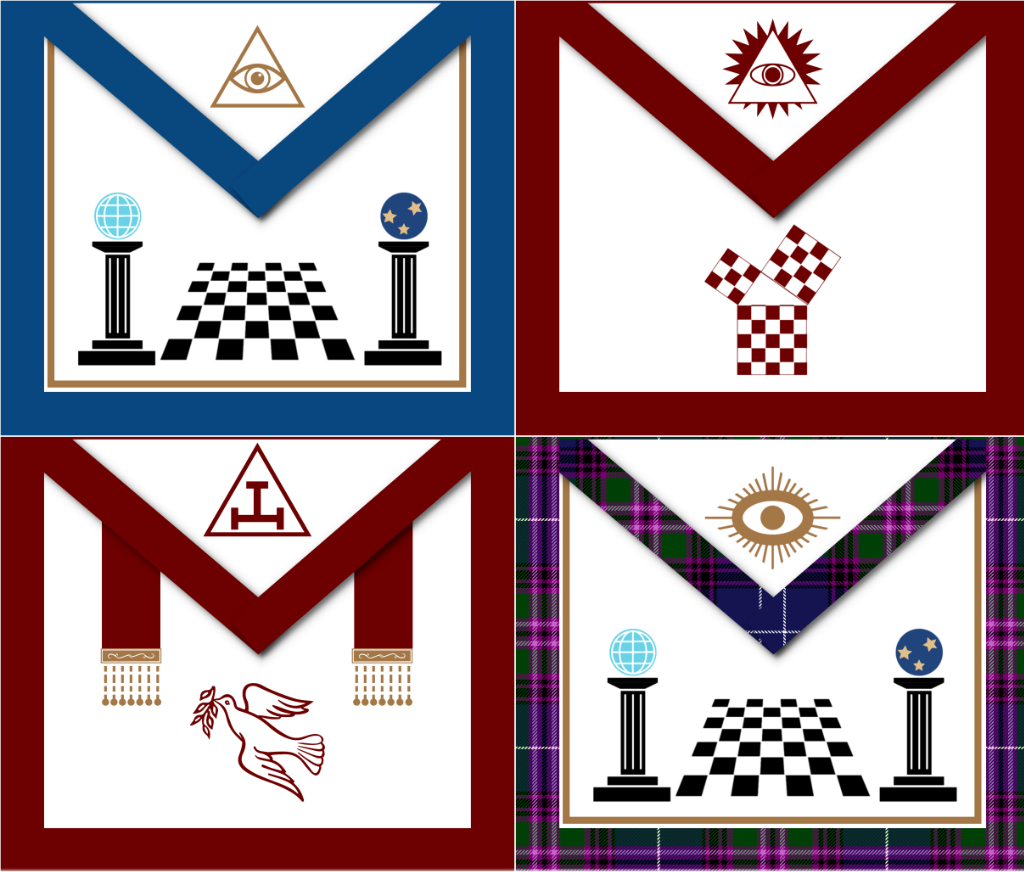
A pre-set number of Tubal Cain Masonic Apron NFTs will be gifted to Masonic charity events around the world, to be auctioned at the event to raise charity funds.
The winner of the auction will make their charitable contribution direct with the charity at the event, and then receive the Tubal Cain Masonic Apron NFT, which they can hold or re-sell.
Article by: Nicholas J Broadway
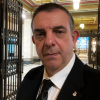
Nicholas was initiated into Freemasonry in 1989 in Stonewell Lodge No. 9137, Essex England (UGLE) and was Master in 1995, 2011 and 2016. He also joined other UGLE craft Lodges and is a PZ in the Royal Arch Chapter.
He acquired the title of The Square Magazine in January 2020 and oversees the technical running of the digital publication.
Recent Articles: Masonic Art series
 Experience the power of Masonic art like never before with our handpicked selection of NFT collections now available on Opensea. Discover stunning works of art from talented artists across the world, all inspired by the ancient traditions and symbols of the Freemasonry. Don't miss out on the chance to own a piece of history - start exploring our Masonic art NFT projects today! |
 Digital Freemasonry NFT Marketplace Unlock the digital realm of Freemasonry with our exclusive NFT marketplace, designed for the modern-day Masonic community. Become one of 333 founders of Digital Freemasonry and gain access to a range of cutting-edge digital tools for the craft. Own a unique NFT as confirmation of your contribution to this ground-breaking initiative. Join us in shaping the future of Freemasonry - start exploring our NFT marketplace now! |
 Experience the legacy of Tubal Cain like never before with our unique collection of Masonic apron NFTs. Each of the 1,000 digital designs are one-of-a-kind and serve as a symbol of Masonic pride and tradition. And for those who prefer to have a physical item, these designs are also available as collectible aprons. Don't miss out on this rare opportunity to own a piece of Masonic history - start exploring our Tubal Cain Masonic apron NFTs now! |
 Discover the transcendent power of music through the eyes of John Philip Sousa. In a world where beauty intertwines with divine inspiration, music becomes a celestial language. Sousa's belief in melodies born from higher realms challenges us to seek the profound, divine connection in our creative expressions. Let music elevate your soul. |
 In a world brimming with wonder, pain, and confusion, the concept of love transcends all boundaries. In this thought-provoking poem, the poet dives into the depths of existence, questioning the nature of love, its transformative power, and the eternal quest to understand its true essence. Prepare to explore the enigma of love, as this poem delves into its many dimensions. |
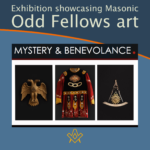 Exhibition showcasing Masonic, Odd Fellows art Art and education in the Hoyt’s newest exhibition, "Mystery & Benevolence: Masonic and Odd Fellows Art", explores the art and accessories of two fraternal organizations steeped in symbols and coded systems, from special handles, gestures and passwords to ritualized performances that probably come from the Middle Ages. |
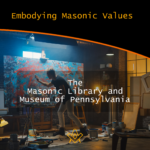 Since 2018, The Masonic Library and Museum of Pennsylvania’s “Embodying Masonic Values” open art competition has provided an opportunity for participants to explore Masonic values through art. Cash prizes are awarded to winners in five categories: Oil, Three-dimensional, Drawing and Print-making, Water-Based Medium and Digital Imagery. Most artwork is also available for sale. |
 Freemasonry in Popular Culture P4 - TV Part 4 of our series on Freemasonry in Popular Culture takes a look at some of the TV series that feature Freemasonry. With much intrigue into the supposed machinations of the Freemasons within business, politics and the police force, TV was a ripe medium for ridicule and sensationalist anti-Masonic propaganda. |
 Freemasonry in Popular Culture P3 - Comic Books and Graphic Novels Part 3 of our series on Freemasonry in Popular Culture takes a look at some of the comic books and graphic novels that feature Freemasonry. |
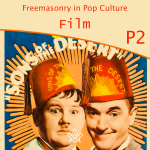 Freemasonry in Popular Culture P2 - Film Following on from Part 1 of Freemasonry in Pop Culture we take a look at Masonic depictions in film. |
 Freemasonry-membership is a mysterious NFT project that would be built across the Metaverse. Taking the idea from virtual lodges, the project is a huge mystery in terms of assets and value for the user. |
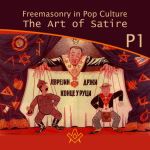 Freemasonry in Popular Culture P1 - The Art of Satire Freemasonry has been the subject of satire and lampooning since its inception in the 1700s courtesy |
 First Three Degrees of Freemasonry by Grant Wood For many of us, the name of the artist Grant Wood doesn’t ring any bells. But on a recent visit to the Grand Lodge of Iowa Masonic Library and Museums, I discovered a hidden gem – Grant Wood's vision of 'The First Three Degrees of Freemasonry'. |
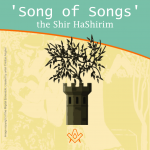 'Song of Songs' - the Shir HaShirim Freemason, composer and artistic director Laurențiu Ganea announces the premiere of his long-awaited composition of the 'Song of Songs' - the Shir HaShirim (also known as the 'Song of Solomon'). |
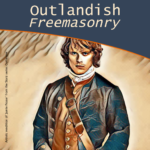 Martin Bogardus explores the Masonic characters and symbolism within the hugely successful 'Outlander' books and TV series. |
 The Masonic Art of Ari Roussimoff The Art, Masonic Aprons, and Magic of Ari Roussimoff - interviewed by Elena Llamas |
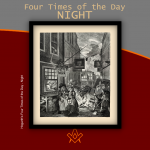 Hogarth's mockery of Freemasonry. A humorous depictions of life in the streets of London, the vagaries of fashion, and the interactions between the rich and poor. |
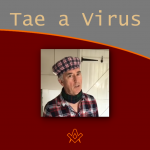 This entertaining and infectious poem was written by an Ayeshire poet |
masonic knowledge
to be a better citizen of the world
share the square with two brothers

click image to open email app on mobile device
Tubal Cain
Masonic Aprons NFT
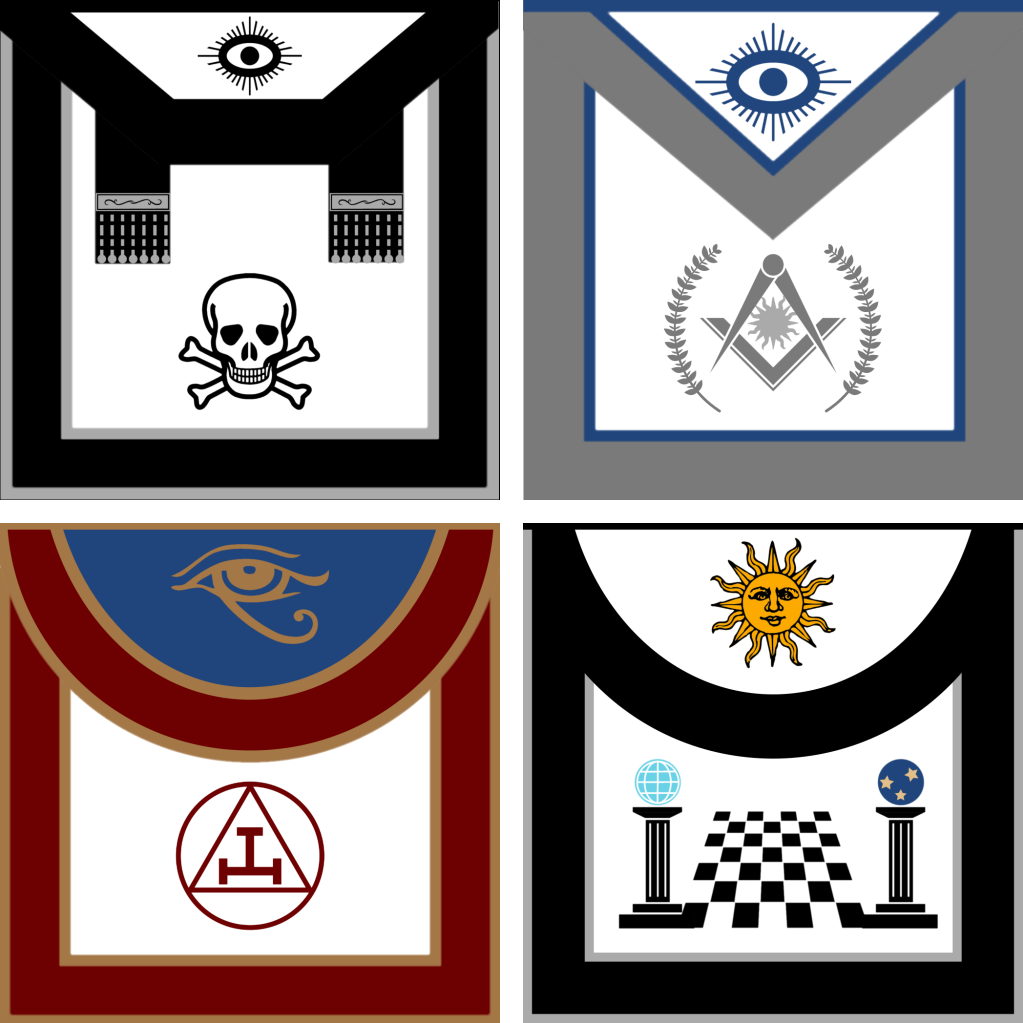



Each Tubal Cain Masonic Apron NFT JPEG includes a full size masonic apron and worldwide shipping
